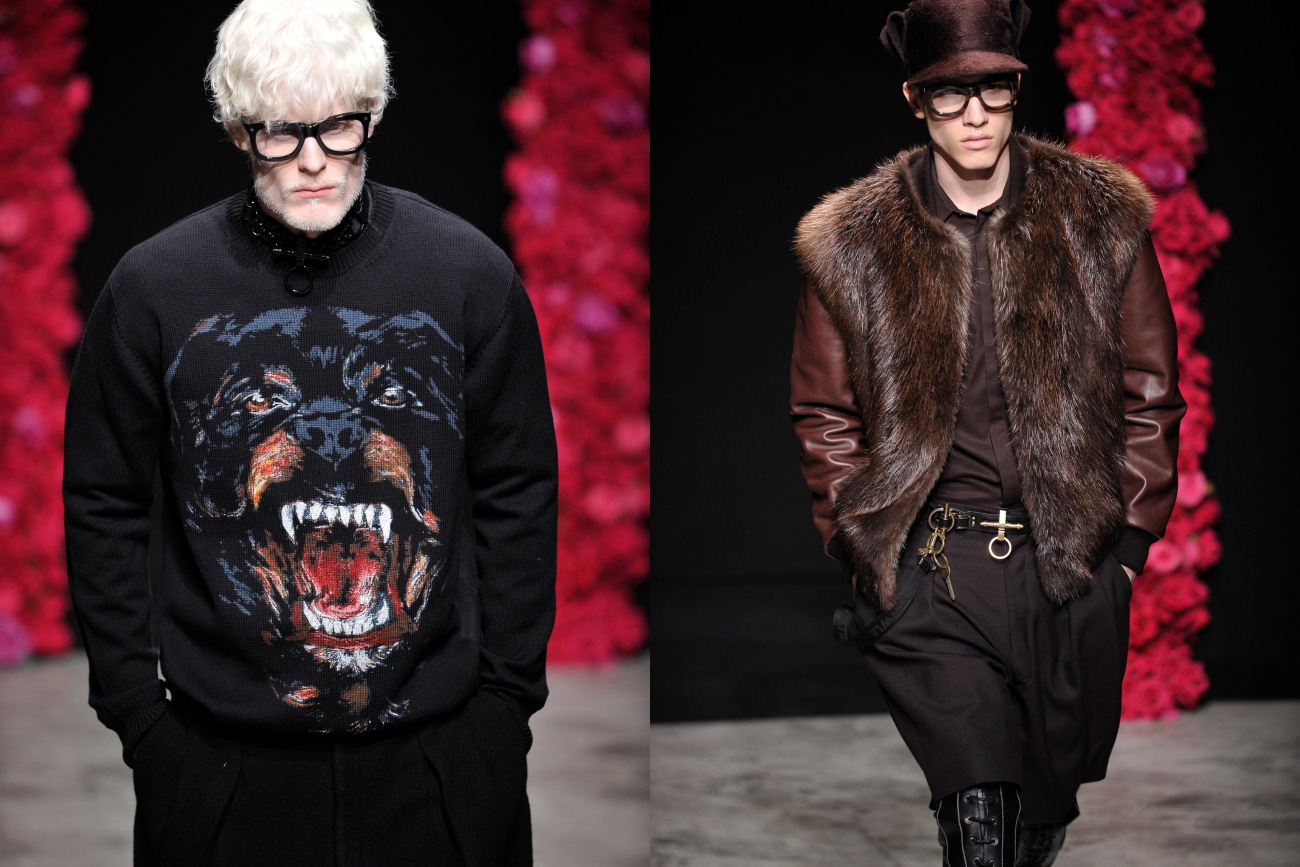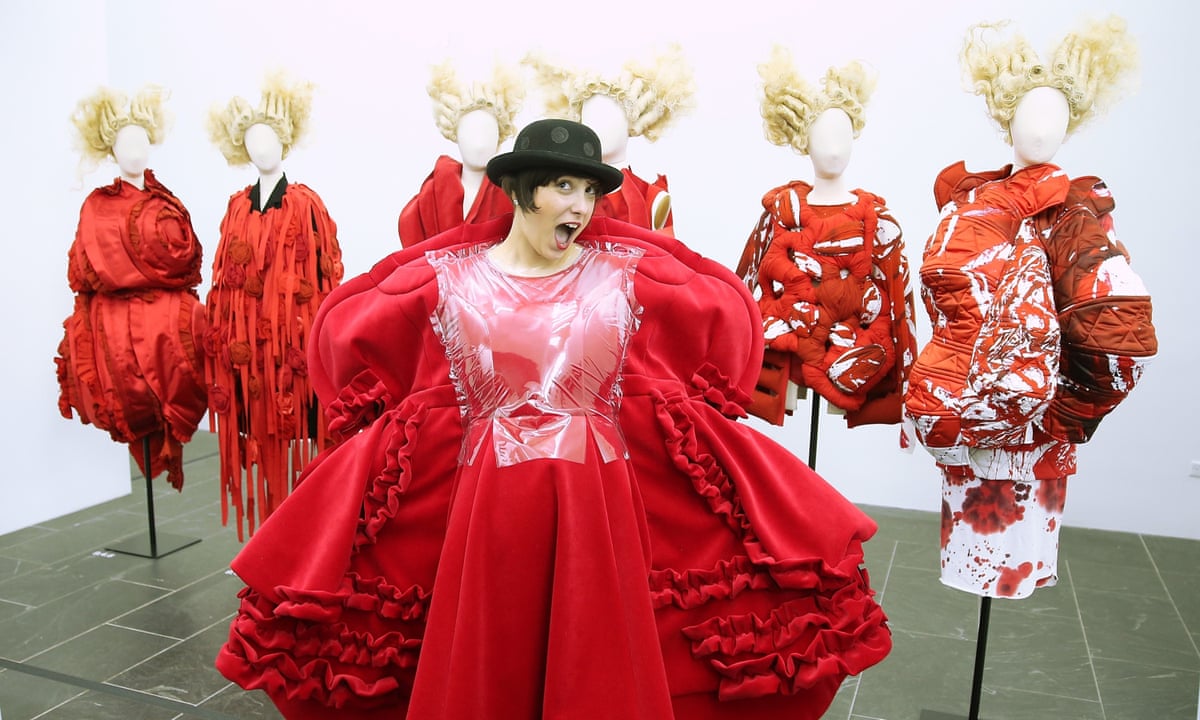What does Eco-Friendly Fashion Mean?
Sustainable fashion, at its core, embodies an ethos of responsibility towards our planet and its people. It addresses a myriad of environmental and social issues linked to the traditional fashion industry. By embracing sustainable practices, fashion aims to minimize its ecological footprint and foster positive social outcomes.
Understanding the Concept of Sustainable Fashion
Eco-friendly fashion goes further than just environmentally conscious apparel. It covers every stage of a product’s existence—from design and manufacturing to use and end-of-life. The core idea is to create garments in a way that preserves the planet, applies secure and equitable labor standards, and benefits communities.
Key Aspects of Sustainable Fashion
Environmental Influence: The sector aims to minimize waste, incorporate sustainable materials, and decrease carbon output. Some fibers becoming more popular include organic cotton, hemp, bamboo, and recycled materials. Highlighting the importance of energy-efficient production and achieving zero waste are crucial measures in this path.
Social Impact: Labor conditions in fashion manufacturing are under scrutiny, with a push towards fair wages, safe working environments, and workers’ rights. By supporting transparency and accountability, sustainable fashion seeks to empower workers and encourage ethical labor practices.
Circular Economy: Incorporating a circular business strategy is crucial. This involves approaches such as creating products for extended use, promoting resale markets, and improving recycling techniques. Actions like offering clothing rental options also help in reducing waste.
Success Stories: Companies Leading Eco-Friendly Initiatives
Several companies are at the forefront of promoting eco-friendly clothing. Patagonia, as an example, has consistently set the standard by focusing on long-lasting items and ethical sourcing. Their Worn Wear initiative motivates consumers to exchange pre-owned apparel for repair or repurposing.
Another example is Stella McCartney, who integrates sustainability into high fashion. Using innovative materials, she demonstrates that luxury and sustainability can coexist. Her collections consistently employ organic fabrics, vegan leather, and other environmentally friendly materials.
H&M Conscious Collection showcases the efforts of large retailers to move towards eco-friendliness. This line incorporates eco-friendly materials and seeks to minimize water utilization, energy expenditure, and waste in its manufacturing process.
Sustainable Fashion and Consumer Behavior
Consumers instigate transformation by making knowledgeable selections. There’s a growing inclination towards transparency, with buyers eager to understand the source and effects of their acquisitions. This consciousness prompts brands to implement eco-friendly methods. Purchasing habits like choosing better quality rather than more quantity, endorsing upcycled products, and gravitating towards pre-owned fashion are becoming increasingly popular.
Obstacles to Reaching Sustainability
While progress is being made, significant challenges remain. The fashion industry grapples with high production costs, complex supply chains, and varying regulatory standards globally. Overcoming these hurdles requires concerted efforts from all stakeholders including manufacturers, retailers, governments, and consumers.
The Future of Fashion
Sustainable fashion represents a transformative shift in the industry. It serves as a powerful testament to how choices and innovation can pave the way for a brighter future. As awareness and technology evolve, the fashion world edges closer to a more equitable and environmentally sound model. This burgeoning movement challenges all of us to think differently about the clothes we wear and the legacy we wish to leave behind.





